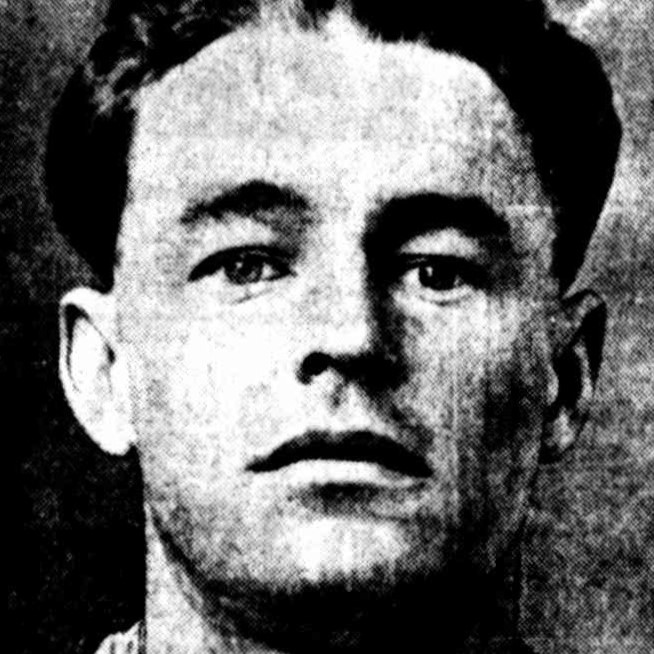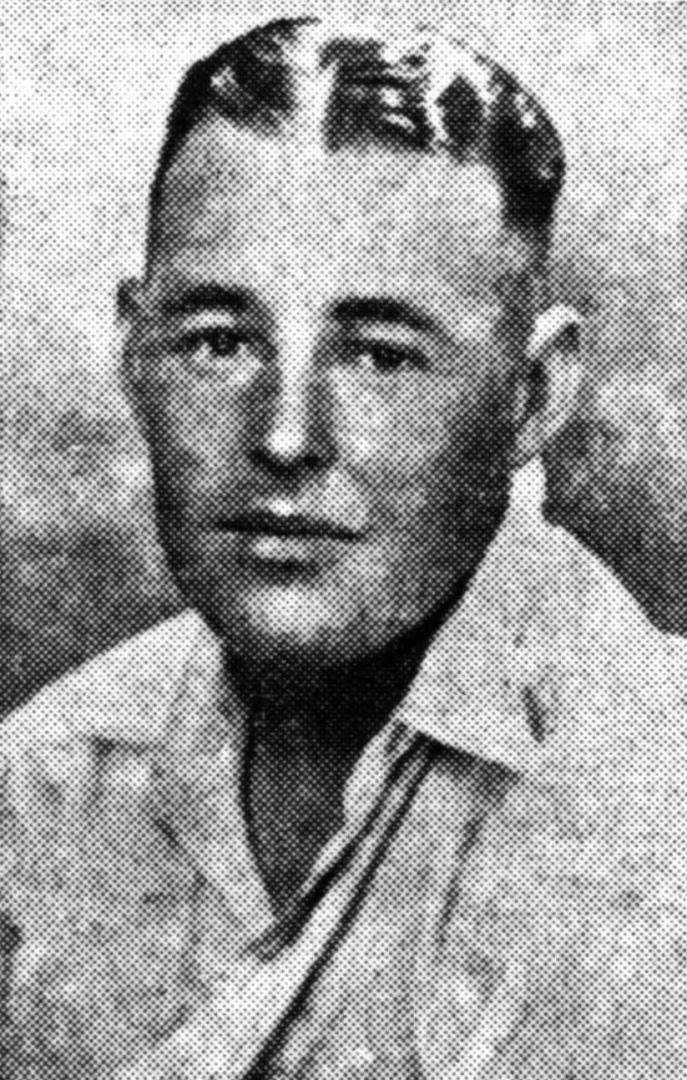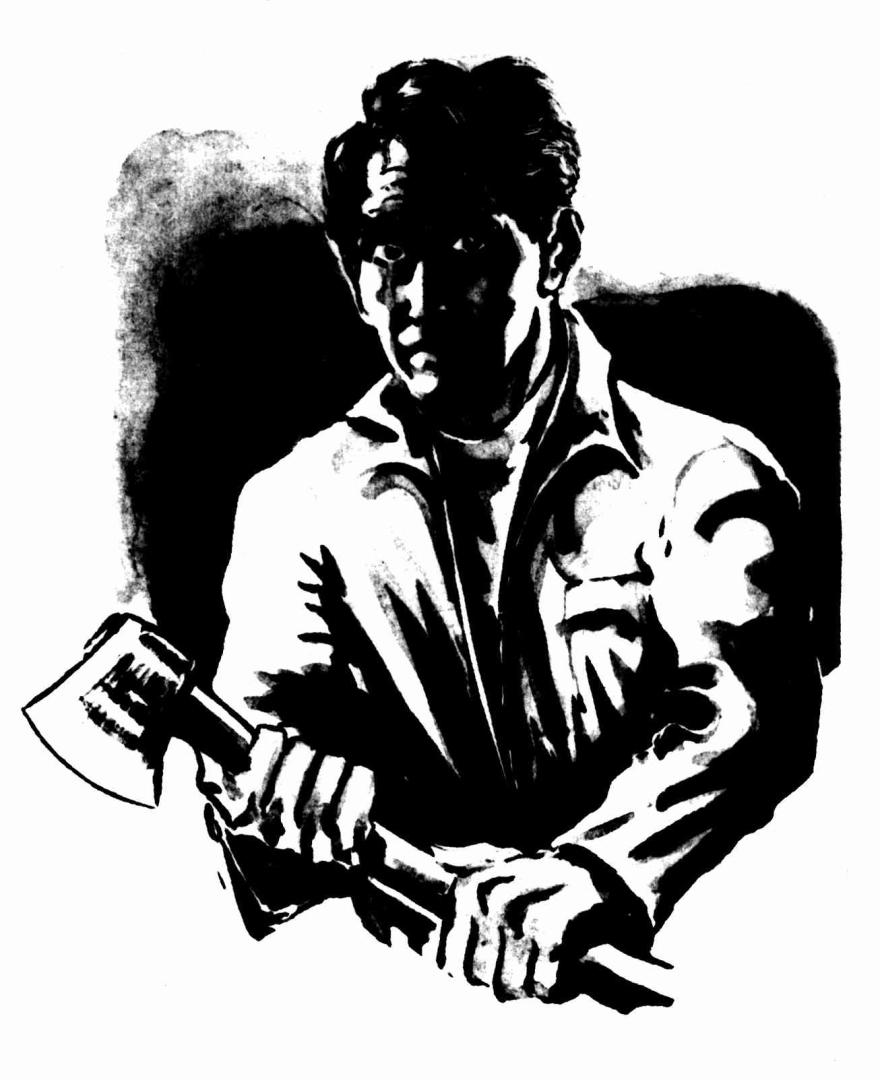
d: 1939
John Trevor Kelly
Summary
Name:
John Trevor KellyNickname:
Jack KellyYears Active:
1935 - 1939Status:
ExecutedClass:
MurdererVictims:
1Method:
BludgeoningDeath:
August 24, 1939Nationality:
Australia
d: 1939
John Trevor Kelly
Summary: Murderer
Name:
John Trevor KellyNickname:
Jack KellyStatus:
ExecutedVictims:
1Method:
BludgeoningNationality:
AustraliaDeath:
August 24, 1939Years Active:
1935 - 1939Date Convicted:
May 3, 1939bio
John Trevor Kelly was born in 1914 in Tenterfield, New South Wales. The youngest child of Michael and Johanna Kelly, he had an older sister, Maureen, who died young in 1927. Not long after John's birth, the family moved to Lismore, where his father worked as a livestock agent. They were considered a respectable family in their community, living at 71 Union Street in South Lismore.
In his youth, Kelly worked as a motor mechanic and appeared to be a promising young man. However, a motor vehicle accident in 1934 is believed by some, including his defense team, to have marked the beginning of his behavioral and psychological decline.
From 1935 onwards, Kelly developed a pattern of petty crime and fraud, often tied to alcohol abuse. He was arrested multiple times for offenses such as passing fraudulent cheques, stealing money, and driving without a license. Despite several court warnings and lenient sentencing, his criminal behavior escalated.
In 1937, Kelly was convicted of abducting a 14-year-old girl with intent to molest her and was sentenced to 18 months imprisonment. Though he was acquitted of the more serious charge of carnal knowledge, the court recommended medical observation, suggesting possible lingering trauma or instability following his car accident.
Following his release in late 1938, Kelly found farm work in the Tenterfield region, first with Stanley Huckerby and later with Eric Sommerlad at Hillcrest farm. Eric described Kelly as a good worker. He was provided meals and slept on the verandah of the family home. His mother, meanwhile, had been committed to a psychiatric hospital prior to 1939, suffering from severe mental illness
murder story
On the morning of February 4, 1939, a quiet dairy farm outside Tenterfield became the scene of one of New South Wales’ most brutal murders.
Marjorie Constance Sommerlad, 35, was found bludgeoned to death in her nightdress by her sister Dulcie, who had just arrived for a family visit. Dulcie then discovered her brother Eric Sommerlad, Kelly’s employer, barely alive, suffering from axe wounds to the head and neck.
Police arrived at the scene and discovered a bloodied axe. A Studebaker utility truck belonging to Eric was missing, along with farmhand John Trevor Kelly, who had vanished overnight. A statewide manhunt was launched. Later that same day, Brisbane police located the missing vehicle and tracked down Kelly to a room in Spring Hill. Upon arrest, he confessed to the murder, offering two conflicting versions of the events.
In his first confession to Brisbane detectives, Kelly claimed that after Eric fired him over drinking issues, he snapped and attacked Eric with an axe, then killed Marjorie when she appeared in the hallway.
In a second statement to Detective-Sergeant Snowden, Kelly alleged that Marjorie had asked him for medication, and while talking in her bedroom, he attempted to initiate sexual contact. When she resisted and called out for her brother, Kelly struck her, later retrieving an axe and killing her. He claimed he then attacked Eric to prevent him from witnessing what he referred to as an “accident.”
Both confessions left no doubt about Kelly’s role in the attacks. At the inquest in March 1939, the Coroner ruled that Kelly had “feloniously and maliciously” inflicted the wounds that killed Marjorie Sommerlad. He was sent to Long Bay Penitentiary to await trial.
Kelly was tried on May 2–3, 1939, at the Supreme Court in Armidale, before Justice Halse Rogers. His defense, led by Wilfred McMinn, argued insanity due to sub-normal mental capacity and alcohol-induced psychosis. However, expert witnesses found no evidence of mental illness, only low intelligence.

Eric Sommerlad, having survived the attack, testified at the trial. He stated he had last seen Kelly on the night of February 3, after driving him into town. Eric returned home alone and went to bed, remembering nothing after that until he awoke in hospital.
The jury returned a guilty verdict, and Justice Halse Rogers called the act a “murder of extraordinary ferocity… with no mitigating circumstances.” When asked if he had anything to say before sentencing, Kelly simply replied: “No, only that I am sorry for what happened.”
His legal team appealed the verdict to the NSW Court of Criminal Appeal, and then sought leave to appeal to the High Court, both of which were denied. The High Court described the appeal as “hopeless,” with Justice Starke expressing surprise that public funds were used for it.
On August 9, the NSW Executive Council confirmed the execution date for August 24, 1939. Despite efforts by reform advocates, including a hunger strike by the Howard Prison Reform League, the sentence was upheld. At 8:00 a.m. on August 24, John Trevor Kelly, aged 24, was hanged at Long Bay Penitentiary, becoming the last person judicially executed in New South Wales.
